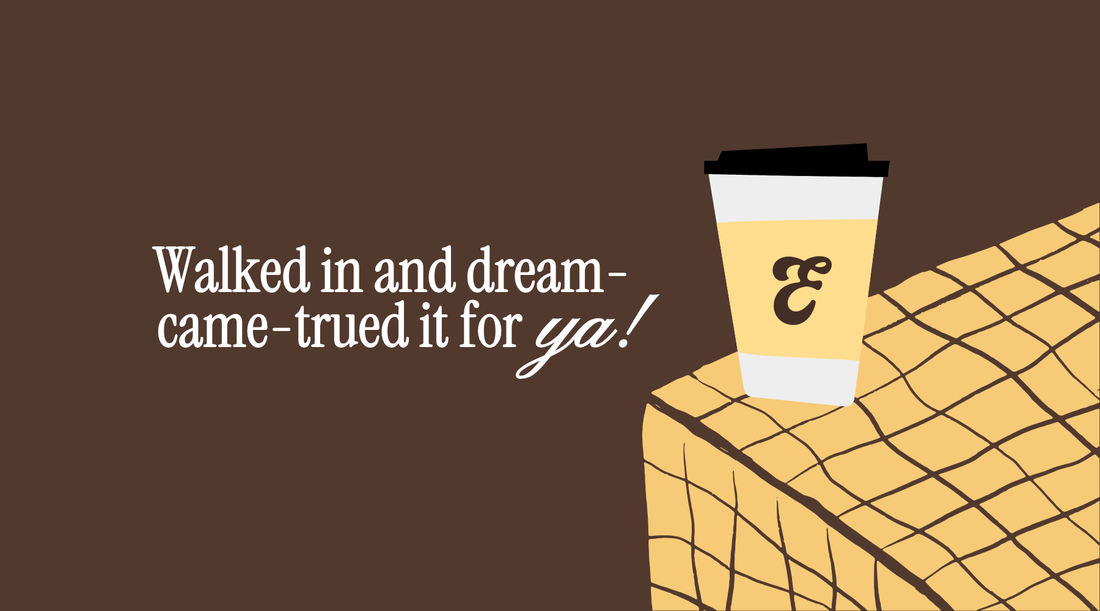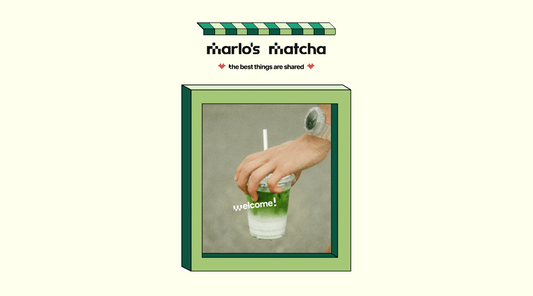
Brand Tone of Voice—Everything You Need To Know
Imagine two coffee shops with identical visual branding.
One speaks to customers with generic, forgettable language.
The other has a voice that's warm, distinctive, and perfectly aligned with their target audience.
Which one would you remember?
As designers, we have the opportunity to deliver not just how brands look, but how they connect through words.
In this article you will learn what brand tone of voice is, why it matters and the sliding scale method we’ve used at Marlo Studios to design Brand Guidelines for 100s of clients.
What is Brand Tone of Voice?
Brand tone of voice represents how a company communicates with their audience through words.
It's the distinctive verbal personality that shapes all their written and spoken content. You should think of it as the character and attitude behind their messages.
This verbal identity reflects the brand’s core personality traits and values. Their tone might shift slightly across different platforms or situations, but the underlying personality should remain consistent across all touchpoints.
For example, we analyse the brand tone of voice for Duolingo, BackMarket and Headspace in this instagram post.
The brand tone of voice you develop for clients should also work in harmony with the visual identity you create like colors, typography and imagery. When verbal and visual elements align, you deliver a cohesive brand experience.
Why Brand Tone of Voice Matters
A consistent brand voice builds familiarity that leads to customer confidence. When people encounter a brand repeatedly with the same voice, they develop trust in it.
This reliability becomes a competitive advantage. Consistent tone creates memorable brand experiences that distinguish your clients from competitors.
A thoughtful brand voice also makes your client's marketing more effective. When messaging directly addresses what their audience cares about, customers feel understood and more connected to the brand.
Think about brands you connect with personally.
Their distinct voice likely plays a significant role in how you perceive and remember them. The right tone transforms routine communications into meaningful moments.
At Marlo Studios, we believe that intentional design must include intentional voice. Your clients deserve thoughtful consideration of how their brand speaks, not just how it looks.
A strategic approach to tone development makes your client’s ensures the communications you create feel purposeful and aligned with your client's brand values, making every word count.
How To Define Tone—Marlo Method
At Marlo Studios, we collaborate with clients from day one to understand their mission, vision and values, which help guide us on how their brand should communicate with customers.
We transform these insights into a comprehensive tone of voice strategy that feels authentic to the brand.
Sliding Scales of Tone

Our approach uses a simple yet effective sliding scale system to help us pinpoint our client's unique voice.
This method visualizes tone characteristics on a spectrum rather than forcing strict categorization.
You can use this method to guide clients to plot their ideal position on six key spectrums:
Formal ←→ Friendly
Careful ←→ Spontaneous
Traditional ←→ Progressive
Exclusive ←→ Accessible
Serious ←→ Playful
Mainstream ←→ Edgy
This visual mapping exercise creates clarity for everyone involved in creating content for your client's brand. It provides specific guidance without limiting creative expression.
The sliding scale becomes a reference point for maintaining consistency while allowing appropriate flexibility across different communication channels—a valuable deliverable you can provide to clients.
Brand Voice Example—Espresso East
Espresso East is a brand we designed and represents a perfect case study in tone of voice development.
This coffee brand targets a younger demographic with a carefully crafted Gen Z-focused, TikTok-inspired tone.

As you can see from the tone of voice slide from the Brand Guidelines we created for them, they have a very friendly tone.
They also have quite a spontaneous, progressive, accessible, playful and humorous personality. However, they are not particularly edgy or mainstream, somewhere in the middle.
Beyond the sliding scales, the Espresso East voice draws direct inspiration from Sabrina Carpenter's song "Espresso." This connection gives the brand an instant cultural relevance with their Gen Z audience.
Their tone also works in harmony with their visual identity. The butter yellows and rich browns of their color palette find verbal expression in warm, comforting language.
Through this strategic alignment of voice with values, cultural references and visual identity, Espresso East is a distinctive brand experience that resonates with their target audience.
Put It Into Action
As a designer, the brand tone of voice you develop determines how your clients talk to their customers.
By defining where your client's brand sits on the sliding scales of tone, documenting clear guidelines, and teaching them to apply these consistently across all touchpoints, you create a cohesive brand experience.
Ready to put these ideas into action?
Get started with our Brand Identity Guidelines template that includes tone of voice and everything you need to improve your client design process.



